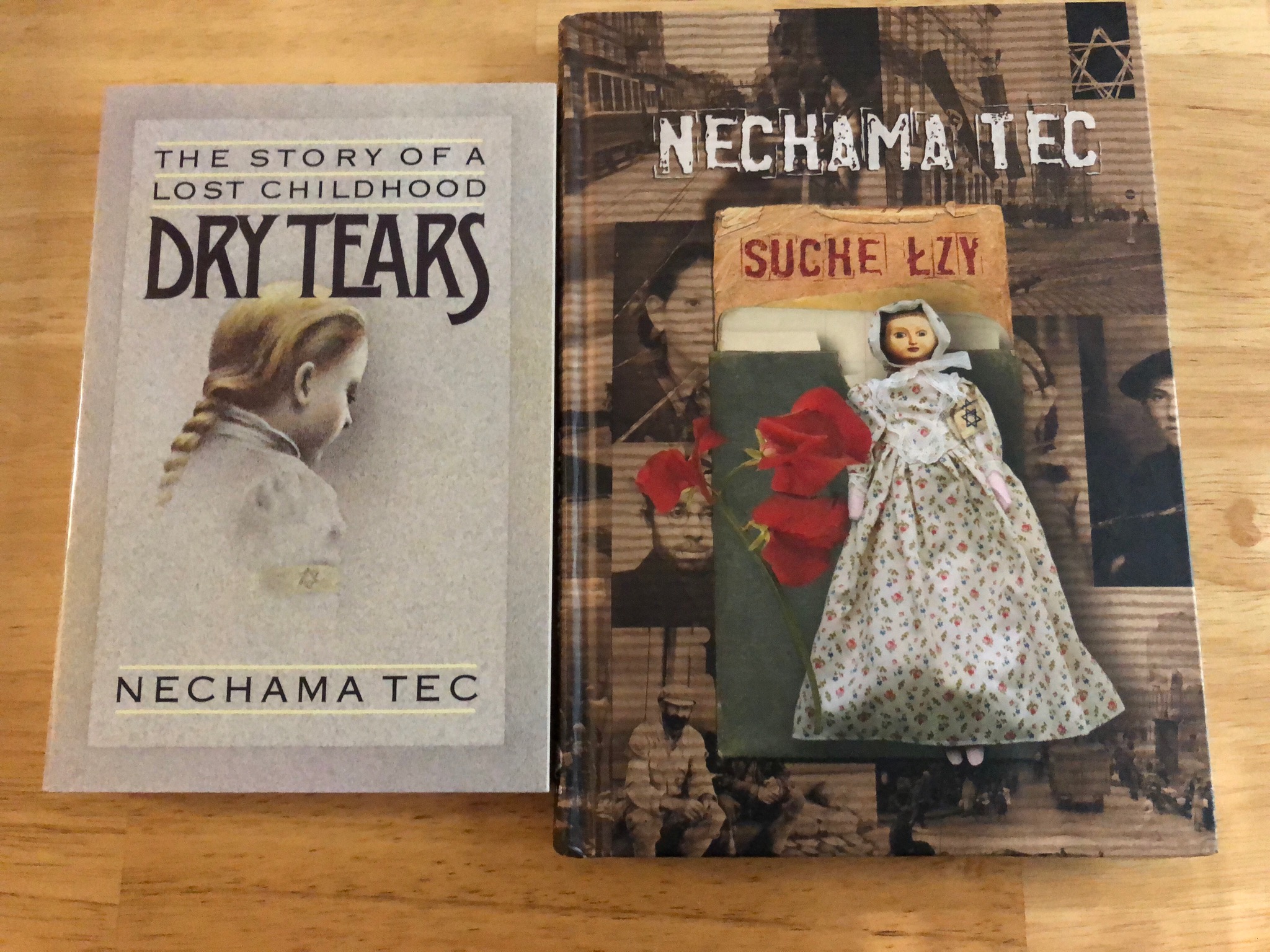I am lucky, thanks to the Fellowship Committee at Wellesley College to be spending several months in Poland as a Mary Elvira Stevens Traveling Fellow doing several projects related to Jewish memory. I am doubly lucky to be partnering with my friends at Brama Grodzka-Teatr NN, the cultural institution and theatre in Lublin devoted to Jewish memory that inspired me to start Bridge To Poland. Brama Grodzka is a municipally funded institution staffed entirely by non-Jews. It has been inspiring these last few months to actually have a desk at Brama and to come here every day. I have started giving tours, I have met with Polish schoolchildren and told them (in Polish!) about my family connection to Lublin; I lit Hanukah candles for them. I have interviewed rescuers of memory for a video archive I am building on the Brama website, and I have uncovered information about my family’s past.
A couple of weeks ago I started teaching a class based on my mother’s memoir of surviving the Holocaust while passing as a Catholic girl, “Dry Tears.” As very few Lublin Jews survived, and even fewer, of course, wrote their stories down, this account is of particular interested to the folks at Brama who consider their institution an Ark of Memory.
“Dry Tears” by Nechama Tec (aka my mom) in English and Polish
When practicing for the first class in the privacy of my apartment I got choked up as I told my imaginary pupils that I was touched and honored that they wanted to take the class. The pretense for the class is to learn English but it seems most of them are there more for the content. They want to know the story and they want to know my second-generation take on it. I feel moved to tears by this interest (even as I type this in a café, I am holding back the tears).
What’s been amazing about this class is because the participants are so steeped in this history, they are offering me new perspectives, “Have you ever thought your mother could have played with Henio Zytomirski in Majdan Tatarski?” D. asked the other day. (Henio was a boy born two years after my mother who is part of the exhibition at Brama Grodzka and about whom a workshop called “Letters To Henio” is conducted. His father took a photograph of him every year and sent those photographs to their cousins in Israel. See my article: https://medium.com/@lavcloud/a-photo-waiting-to-be-seen-803636d94425). Other people got excited about mapping out the locations where my mother’s family lived and where my grandfather’s factories were. They tried to figure out the streets based on clues, “If your mother looked out at a convent from the factory, it couldn’t have been at this location.” What a gift to be able to re-read the book with this panel of experts!
We all know the survivors will soon not be with us. And sadly we, the children of survivors, will be the next to go. Parallel to us are those people of my age, like my deep, soul friends Tomek and Witek, the heads of Brama Grodzka, who inspire me over and over again with their dedication to remembrance. When we are gone we will need these younger people to keep on telling the stories in a faithful way. I’m so grateful that they care.
Tomek, Me, Witek, when we were the young ones! (2007)


